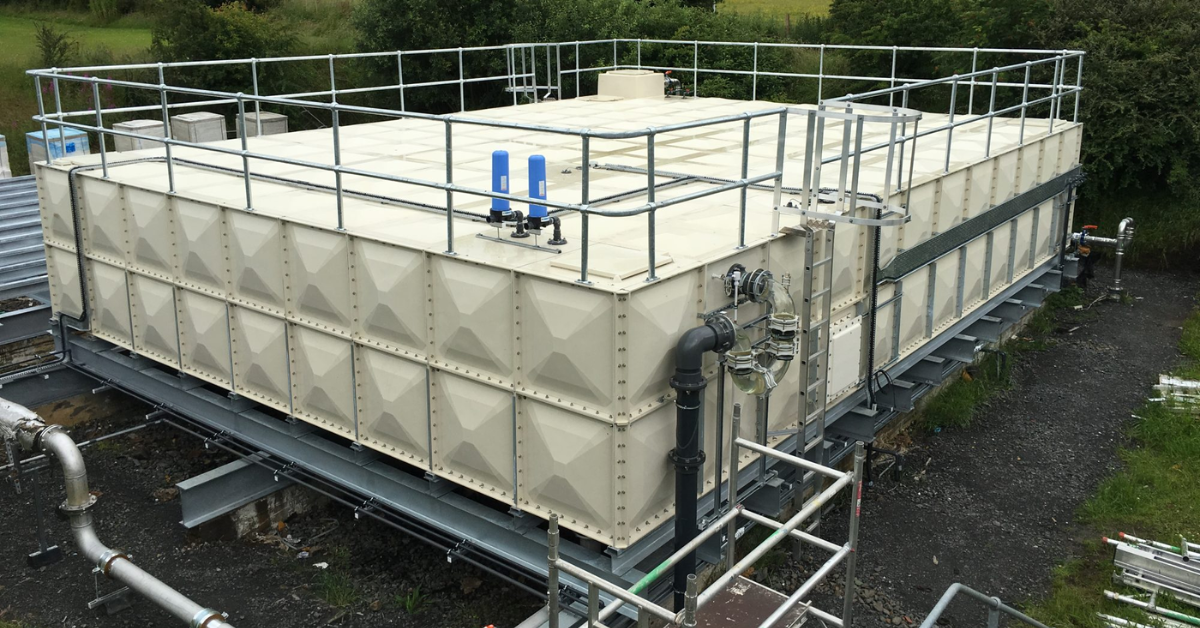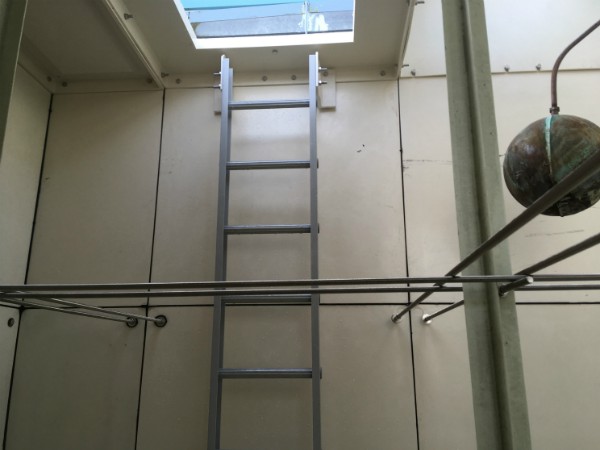
WATER STORAGE
Water Tank Replacement
Overview
Water Tank Replacement in Various Settings:
In commercial, industrial, and residential settings, maintaining the smooth operation of essential infrastructure is paramount. Water storage tanks play a vital role in supporting operations across these sectors. In this article, we delve into the important aspects of water tank replacement for diverse applications, examining the advantages, best practices, key considerations, and, importantly, methods to extend the lifespan of your tank.
If you have any questions, feel free to call us or use our quote form
To speak to one of our agents online, click here
Importance of Water Tank Replacement:
1.1 Understanding Wear and Tear
Water tanks are susceptible to wear and tear due to factors such as age, usage, and environmental conditions. Signs of deterioration include leaks, corrosion, foul odors, and decreased water quality.
1.2 Importance of Timely Replacement
Timely replacement of aging or damaged water tanks is essential to prevent further deterioration and ensure a continuous supply of clean and safe water. Delaying replacement can lead to costly repairs and potential health hazards.
2. Protecting Water Quality and Safety
2.1 Preventing Contamination Risks
Old or damaged water tanks can become breeding grounds for bacteria, algae, and other contaminants, compromising water quality. This contamination can lead to health issues, including gastrointestinal infections and skin diseases.
2.2 Ensuring Compliance with Regulations
Replacing outdated tanks with modern, compliant solutions is necessary to meet regulatory standards for water quality and safety. Compliance ensures that the water supply meets health and safety regulations, safeguarding the well-being of occupants.
3. Enhancing Efficiency and Reliability
3.1 Optimising Water System Performance
Aged or deteriorating water tanks can affect system performance by causing leaks, reducing water pressure, and increasing energy consumption. Replacing old tanks with efficient alternatives improves water flow, minimizes wastage, and lowers operational costs.
3.2 Long-Term Cost Savings
While the initial investment in water tank replacement may seem significant, the long-term benefits outweigh the costs. Modern tanks are designed for durability, energy efficiency, and low maintenance, resulting in reduced operational expenses over time.
Key Considerations for Water Tank Replacement
1.1 Inspection for Signs of Deterioration
Before replacing a water tank, it’s essential to conduct a thorough inspection to assess its condition. Look for signs of deterioration such as leaks, rust, corrosion, or structural damage that may compromise the tank’s integrity.
1.2 Evaluating Performance and Efficiency
Evaluate the performance of the existing tank, including water pressure, storage capacity, and energy consumption. Identify any inefficiencies or limitations that may indicate the need for replacement to optimize system performance.
2. Choosing the Right Replacement Tank
2.1 Selecting Appropriate Tank Size and Type
Consider the water storage needs of your household or business to determine the appropriate tank size. Additionally, choose a tank type that is suitable for your specific requirements, whether it’s a traditional steel tank, a modern GRP tank, or another material.
2.2 Ensuring Compliance with Regulations
Ensure that the replacement tank complies with local regulations and industry standards for water storage and safety. Compliance with regulations is essential to avoid potential fines or penalties and to maintain water quality and safety standards.
3. Professional Installation and Maintenance
3.1 Hiring Licensed Professionals
Water tank replacement should be carried out by licensed plumbers or experienced professionals to ensure proper installation and compliance with safety standards. Professional installation minimizes the risk of errors and ensures the longevity and efficiency of the new tank.
3.2 Implementing Regular Maintenance
Once the replacement tank is installed, establish a regular maintenance schedule to ensure its ongoing performance and longevity. Routine maintenance tasks may include inspections, cleaning, and repairs to address any issues promptly and prevent future problems.
4. Cost Analysis and Budgeting
4.1 Evaluating Replacement Costs
Consider the initial investment required for purchasing and installing a new water tank, including any additional costs for professional services and accessories. Compare different options to find a cost-effective solution that meets your budget and requirements.
4.2 Long-Term Savings and Benefits
Although the upfront cost of water tank replacement may seem significant, consider the long-term savings and benefits. A modern, efficient tank can reduce water wastage, energy consumption, and maintenance expenses, leading to cost savings over its lifespan.
Preserving the functionality of your cold water storage tank is essential. Uncover expert tips for maintenance, ensuring the longevity of your investment. From routine inspections to proactive measures, learn how to keep your tank in optimal condition. Read out full extensive article here on how to clean and maintain your water storage tank
How to Prolong the Life Cycle of a Water Tank: Tips for Longevity and Efficiency
Ensuring the longevity of a water tank and avoiding the need for a replacement requires a strategic approach. Firstly, regular tank cleaning by the Approved Code of Practice (ACOP) L18 is essential to comply with legal and regulatory obligations regarding Legionella. This guide outlines control measures, risk assessments, and the duties of those involved in water system supply. Routine cleaning is critical to prevent tank sediment buildup and microbial growth.
Maintenance is another vital step in prolonging the tank’s lifespan. We recommend periodic inspection for any damage caused by foreign objects or third parties. Exterior surfaces may be cleaned with a mild detergent if desired. When the tank is drained for maintenance, it should remain full for up to three days. If it needs to be empty for longer, contact us for refilling advice.
Regular inspection helps identify and address issues like loose bolts, rust, or leaks. Customers noticing loose bolts can request retorquing. Tricel Weston Hot Press GRP Sectional Tanks, made from high-strength isophthalic-based polyester resin, require no specific maintenance other than regular housekeeping due to their non-corrosive nature.
Monitoring ancillary items is crucial. Ensure ball valves are correctly aligned, clear overflow pipes, and securely fitted access ladders. No items should lean against the tank, and no additional equipment should be attached, including fixings or brackets. Discovering any of these issues can void the remaining warranty and result in chargeable repairs for damages caused.

50 YEARS IN BUSINESS
A highly successful multinational corporation with over 50 years’ valuable industry experience
FULLY CUSTOMISABLE TANKS
Tanks available for all capacities, 43 litres to 4,651,290 litres. Larger tanks available on request
FAST DELIVERY
On-time delivery is a core requirement of our successful business operations


